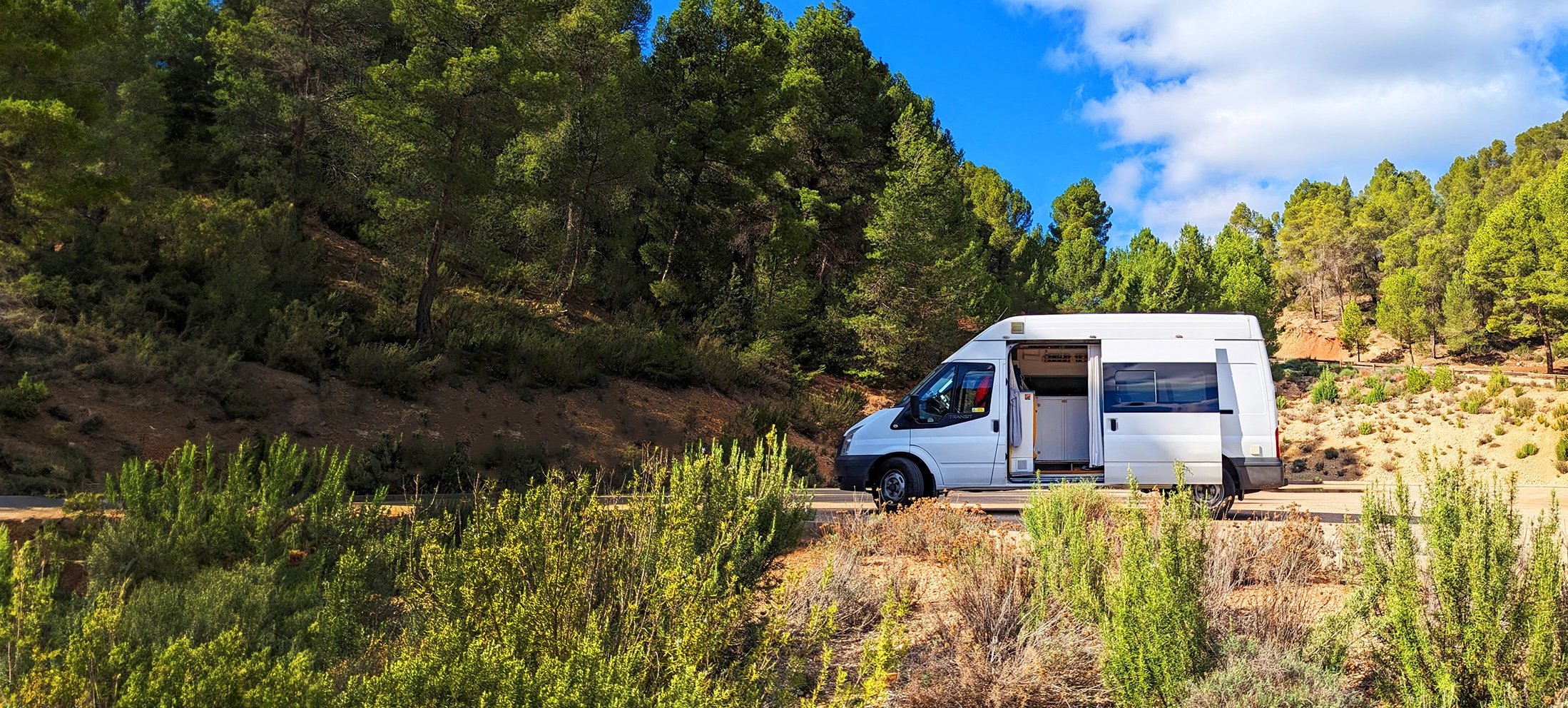
I’m quietly unconventional, neurospicy and multi-passionate with a love for creativity and wellness… and my clients are too!
If this is your vibe, welcome to the blog!
Grab a cuppa tea and settle in.
This is not your average ‘design’ blog!
Featured Posts
This is a space where I’ll share tips, resources, experiences, stories and encouragement for designing a life and business on your own terms. Whether you gain a slight shift in perspective, a moment of validation or a helpful new tool or insight. I hope you find value in my words.
P.s I was previously a plant-based recipe developer so this is why there are still many of my favourites in the archives!
All Blog Posts
Do I need a One-Page Website?
For many of my design clients launching a new business or in the early stages of testing out a new product or idea, a full website is simply too much for their current needs or daunting to create when they have limited content starting out.
A One Page Website condenses and highlights all the critical information to connect potential clients with your brand, service or product without the ‘excess’ that a full website can sometimes feel like.
Hi, I’m Jo!
I’m an introvert and your average looking gal on the outside, but behind the scenes… multi-biz owner for over 10+ years, late-diagnosed ADHDer, currently living nomadically in my self-built Camper Van throughout the UK and Europe.
Liked what you’ve seen on the blog? Check out all the things I offer on my Everything Page.
I’ve helped dozens of wellness focussed, multi-passionate peeps step into their best unconventional life and biz, and I’d love to help you do the same!



























